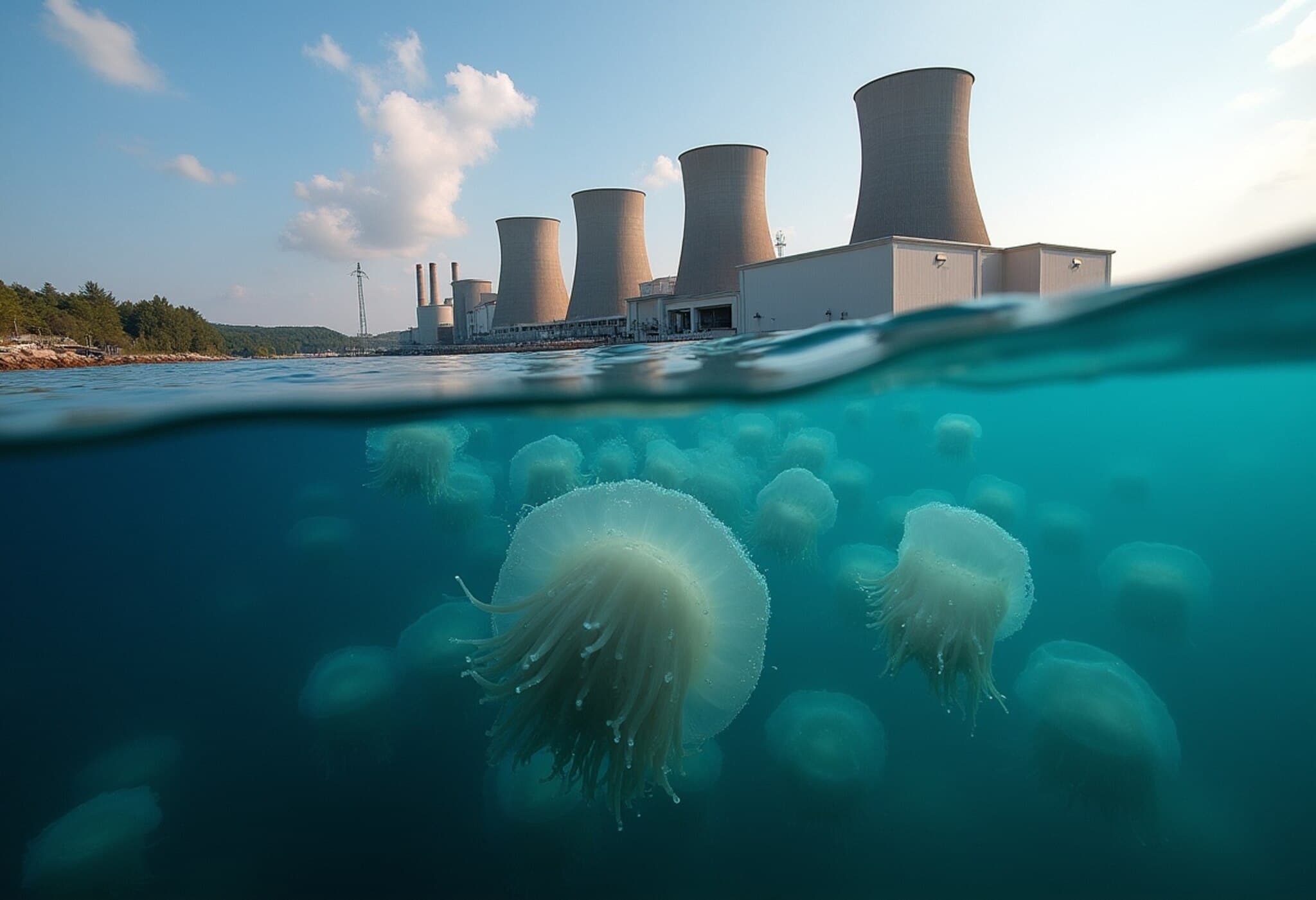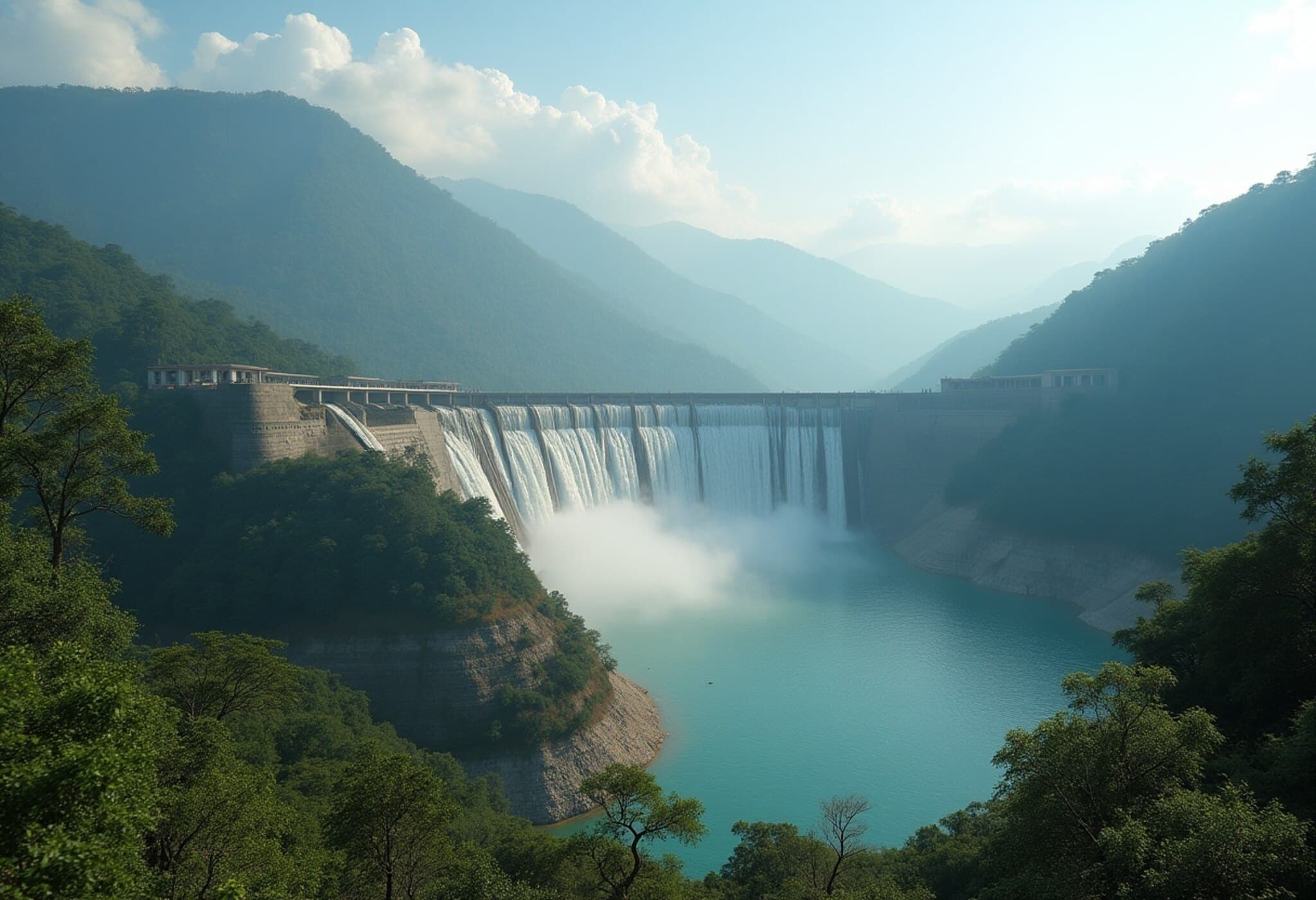Unexpected Jellyfish Swarm Triggers Shutdown at Gravelines Nuclear Plant
In a surprising intersection of marine ecology and energy infrastructure, a massive swarm of jellyfish recently disrupted operations at the Gravelines nuclear power plant in northern France. The incident forced the shutdown of four out of six reactors at one of Europe’s largest nuclear facilities, spotlighting the delicate vulnerabilities of critical energy systems to environmental changes.
How Jellyfish Clogged the Cooling Systems
According to a report by Politico citing the French energy conglomerate EDF, the troubles began when countless jellyfish invaded the plant's cooling system filters. These filters — essential for maintaining proper reactor temperatures by drawing seawater from a canal connected to the North Sea — became overwhelmed and clogged by the gelatinous creatures.
An EDF spokesperson elaborated: "These shutdowns are the result of the massive and unforeseeable presence of jellyfish in the filter drums of the pumping stations, located in the non-nuclear areas of the facility." Importantly, no safety risks were posed to plant personnel or the environment during the shutdowns.
Assessing the Operational Impact
- Four reactors shut down: Three late on Sunday and a fourth early Monday.
- Remaining two reactors were offline due to scheduled maintenance.
- Each reactor has an output capacity of approximately 5.4 gigawatts.
The plant’s temporary loss of power generation has potential ripple effects across regional electricity supply, given France’s heavy reliance on nuclear energy (which accounts for about 70% of its electricity production). EDF is currently conducting thorough diagnostics and executing necessary interventions to safely restart operations.
Broader Environmental and Policy Context
Marine biologists have long warned that jellyfish blooms are increasing in frequency and scale in the North Atlantic region. Factors driving this trend include:
- Rising sea temperatures due to global climate change.
- Changes in salinity affected by altered freshwater inputs.
- Overfishing diminishing jellyfish natural predators, disrupting the marine food web.
This incident underscores an underreported vulnerability of coastal energy infrastructures to ecological shifts. While nuclear plants have rigorous safety protocols, natural phenomena such as jellyfish blooms represent challenges outside traditional hazard assessments.
Expert Insight: What This Means for Energy Security
Energy analysts stress that such environmental disruptions could become more common as climate-driven changes intensify. France’s nuclear fleet, vital for national energy independence and meeting climate targets, may need adaptive measures:
- Upgrading cooling intake designs to resist biological blockages.
- Incorporating ecological monitoring and early warning systems.
- Exploring diversified energy portfolios that can compensate during unforeseen shutdowns.
Additionally, the event prompts reflection on how intertwined energy infrastructure is with ecosystem health — an angle often overlooked in policy discussions focused purely on technological or economic factors.
Conclusion
The Gravelines jellyfish incident serves as a vivid reminder that climate change and environmental dynamics don’t just shape natural habitats; they ripple into critical human systems, from energy to safety. As France and the world transition to greener economies, such events highlight the urgent need for resilient designs and integrated environmental stewardship within energy planning.



















